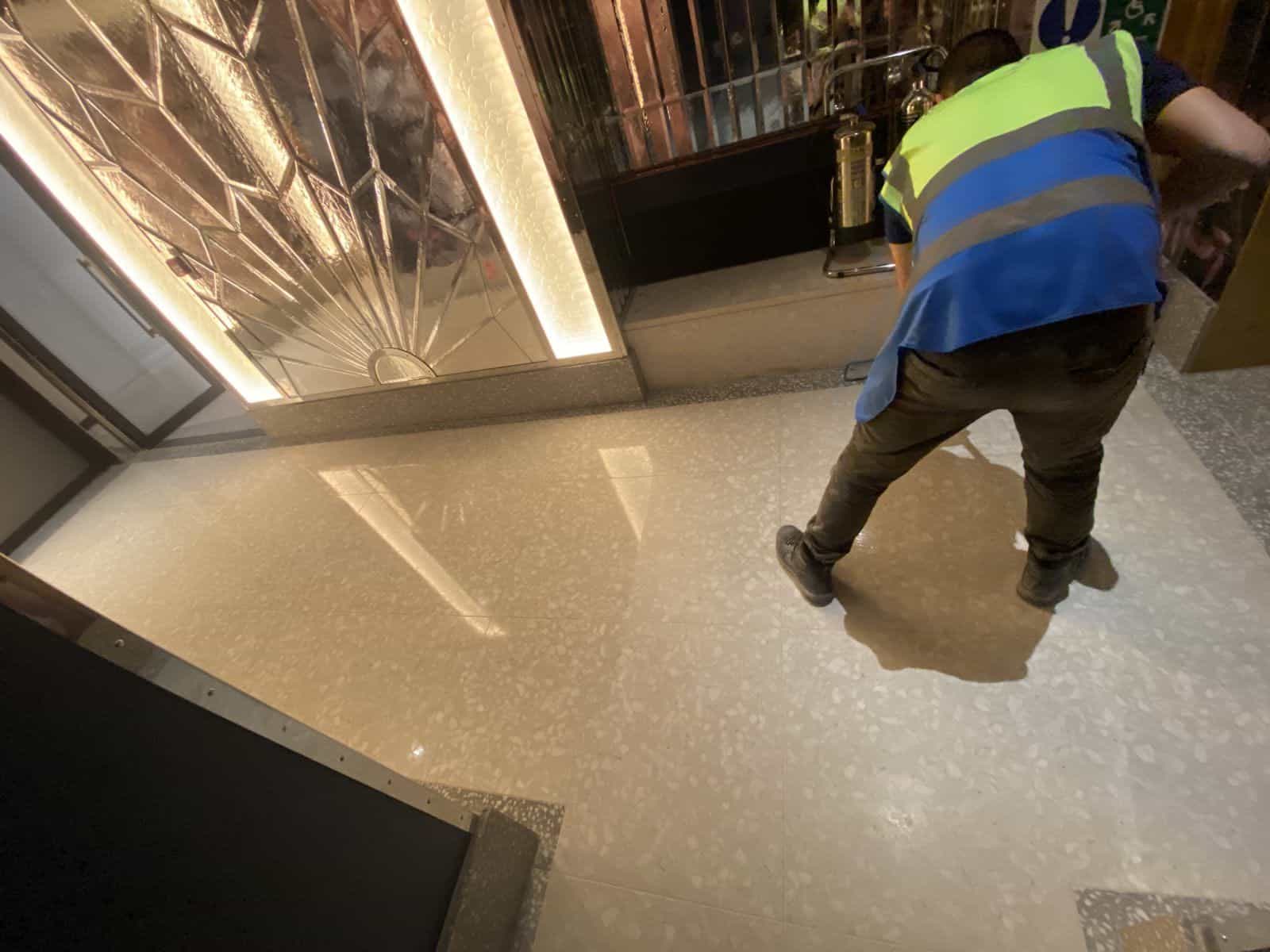Our values
Stone Restoration and The Environmental Commitment: A Case for CO2 Reduction and Sustainability
The world of stone restoration has always walked a delicate balance between preserving the beauty of nature and the necessities of commerce.
As concerns about environmental sustainability grow, it’s crucial that businesses in this industry make choices that align with both the future of our planet and the future of stone.
Here are some key considerations for stone restoration companies aiming to reduce their environmental footprint.
1. Reducing CO2 Emissions
Carbon dioxide (CO2) is a primary culprit in the global warming crisis. Activities in stone quarrying and transportation contribute significantly to CO2 emissions.
Restoration, when done correctly, can reduce the need for new stone extraction, thus reducing CO2 output. Stone restoration companies can further reduce their carbon footprint by:
- Using energy-efficient machinery (all our tools are powered by electricity), we managed to eliminate the diesel machinery in the past 2 years.
- Opting for sustainable energy sources.
- Prioritising local sources to reduce transportation emissions (most of our suppliers are located in the UK).
2. Minimising waste by restoration and reviving techniques
Marble, with its timeless elegance and exquisite beauty, has been a beloved building material for centuries.
However, the extraction of marble from mountains often comes at a significant environmental cost, including deforestation, habitat destruction, and air and water pollution. Fortunately, there is a sustainable and environmentally friendly solution: restoring marble.
By embracing restoration techniques and using reclaimed marble, we can help save our mountains and reduce pollution while preserving the allure of this precious stone.

The Environmental Toll of Marble Extraction
Marble extraction has historically been a labor-intensive and environmentally damaging process. Mountains are often scarred, as vast quantities of rock are removed to access the coveted marble deposits.
This leads to soil erosion, landslides, and the loss of biodiversity in these sensitive ecosystems.
The heavy machinery used in extraction also contributes to air pollution, while the transportation of marble from quarries to construction sites adds to greenhouse gas emissions.
Restoring Marble:
A Sustainable Alternative
Restoring marble involves repurposing discarded or damaged marble from existing structures and quarries. This sustainable approach not only saves mountains from further harm but also reduces the need for new marble extraction.
Here are some key benefits of restoring marble:
- Conservation of Natural Resources: Restoring marble conserves valuable natural resources by giving new life to discarded or damaged stone. This reduces the demand for fresh marble extraction, helping to preserve our mountains and ecosystems.
- Reduction of Energy Consumption: The process of extracting, cutting, and transporting marble consumes significant energy. By using reclaimed marble, we can drastically reduce energy consumption and lower greenhouse gas emissions.
- Preservation of Cultural Heritage: Many historical buildings and monuments feature marble elements. Restoring marble from these structures allows us to preserve our cultural heritage while minimizing environmental impact.
- Sustainable Design: Architects and designers are increasingly incorporating reclaimed marble into their projects, creating unique and sustainable designs that showcase the beauty of restored stone.
- Job Creation: The restoration of marble provides opportunities for skilled craftsmen and artisans, supporting local economies and communities.
- Reducing Pollution: see study case — https://stonerescue.co.uk/carrara-marble-family/
Restoring marble not only helps conserve mountains and ecosystems but also plays a vital role in reducing pollution.
Here’s how:
Lower Carbon Footprint:
- Reusing marble reduces the carbon footprint associated with the extraction, transportation, and processing of new stone, ultimately leading to cleaner air and reduced greenhouse gas emissions.
Minimised Water Pollution:
- Marble extraction often involves the use of chemicals and large amounts of water, leading to water pollution.
- Restoring marble circumvents these pollution risks.
Reduced Noise Pollution:
- Marble quarries are often noisy places due to heavy machinery.
- By relying on reclaimed marble, we reduce the noise pollution in these areas.

Promoting Natural Restoration Processes
The beauty of stone lies in its natural essence. Using harsh chemicals in the restoration process can not only damage the stone (preventing it from ‘breathing’ and leading to deterioration over time) but also pose threats to the environment.
Spillage or runoff from these chemicals can harm aquatic life and contaminate water sources. In contrast, methods that use water and artificial diamonds preserve the integrity of the stone and are eco-friendly. They ensure the longevity of the stone, reducing the need for frequent interventions and potential waste.
Restoring marble is a sustainable and environmentally responsible choice that not only preserves the beauty and legacy of this remarkable stone but also helps save our mountains from further harm and reduces pollution.
As consumers, architects, and builders increasingly prioritise sustainability, embracing the restoration of marble is a positive step towards a greener and more harmonious future. By choosing restored marble, we can contribute to the protection of our natural landscapes, mitigate pollution, and ensure that future generations can appreciate the timeless allure of this exquisite stone.

